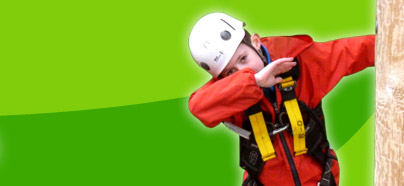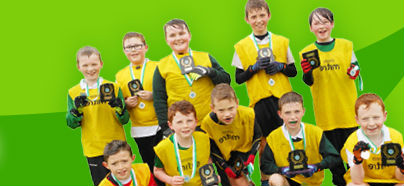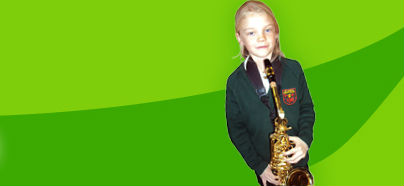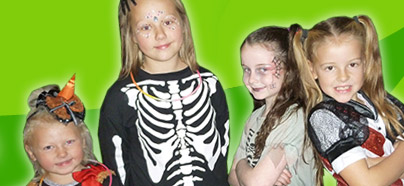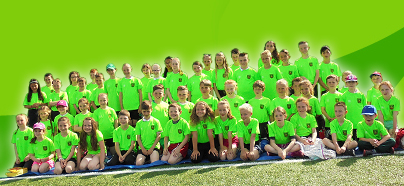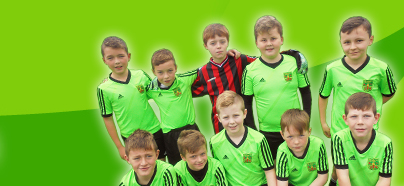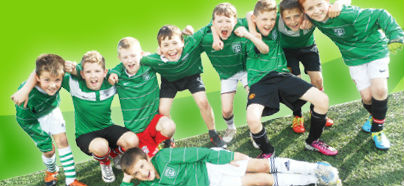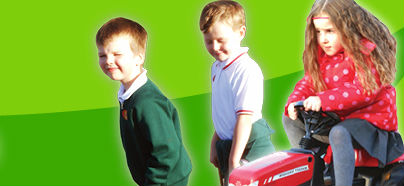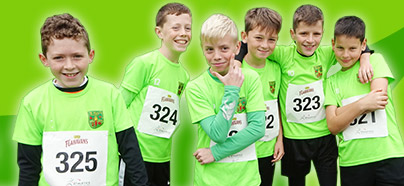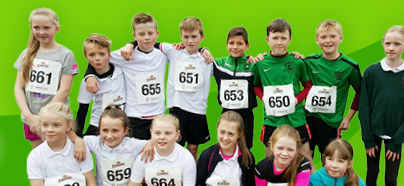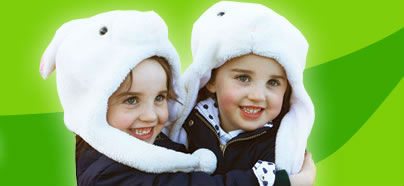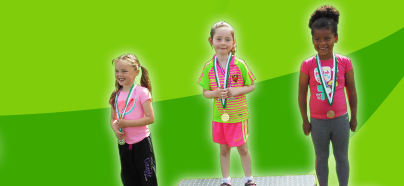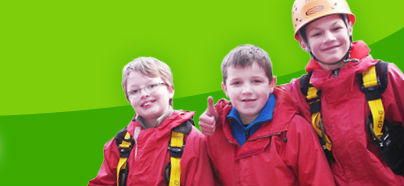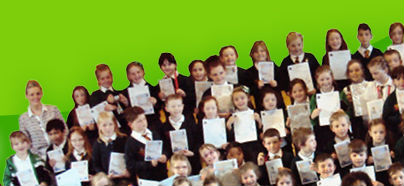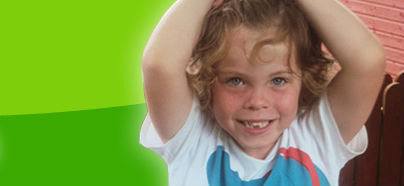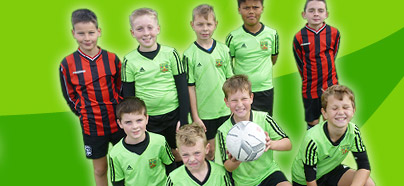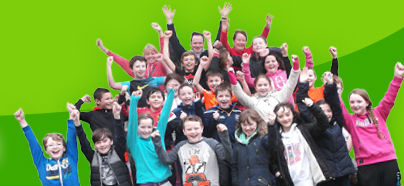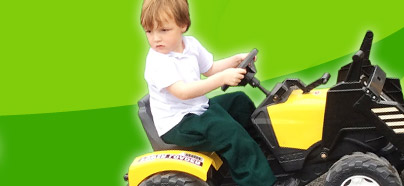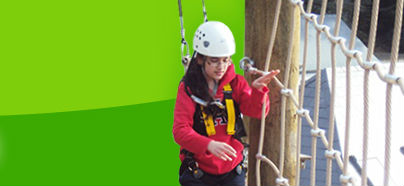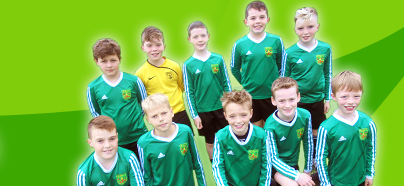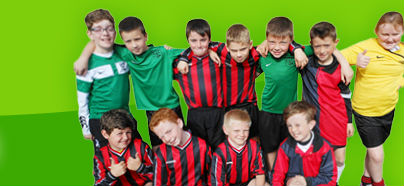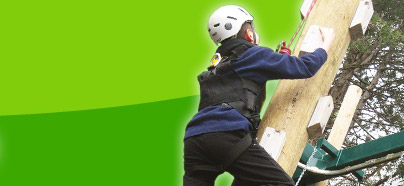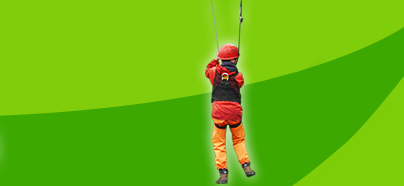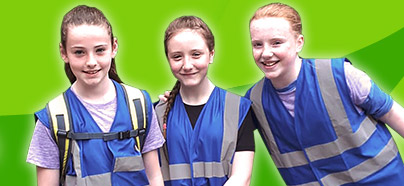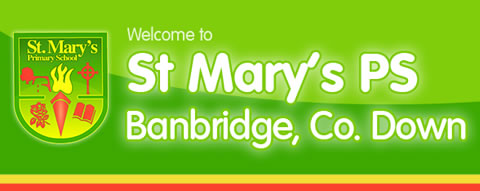- Home
- Gallery
Developing Spatial Awareness in Mrs Quigley's Primary 2 class
Spatial Awareness is something most of us develop naturally as children, without even thinking about it or realising it is happening. It is very critical to a child’s learning development.
Spatial awareness can be defined as "an awareness of the body in space, and the child's relationship to the objects in space." This can include spatial orientation, which is the skill that allows children to understand and execute requests for them to "line up at the door" or "put their backs to the wall." Children need to develop an understanding of how their bodies operate in space.
Increased Body Awareness
Spatial awareness is also an important component skill to complex actions such as picking up a fork and putting it in the mouth, or pouring milk into a glass. As children grow and develop, they work with and expand their spatial awareness, as well as their motor and vocabulary skills. The clumsy behaviours that you may have seen in earlier years, are now beginning to change. Children are following commands that involve both gross and fine motor skills with greater ease. By age 6, children are more aware of their body and are less egocentric. This is important, because one part of the earlier problem of understanding their bodies in space was a lack of awareness of others' space.
Slow Down — You Move Too Fast!
Another reason why some children may seem unaware of their bodies in space is due to the fact that they are moving too fast. Five or 6 year-olds' exuberance can totally overpower their spatial awareness, as well as their fine and gross motor coordination skills. At this stage of development, most children need to move carefully and consciously in order to avoid collisions, trips, and spills.
Use Your Words
Spatial awareness is also linguistic. The understanding of the positional words people use to define themselves in space is essential to spatial awareness. As children learn positional vocabulary and use it with their bodies, they develop spatial awareness. This is how children begin to develop an understanding of direction, distance, and location. Positional words are often seen and used in opposition. These include words such as: in and out, front and back, next to and between, left and right, or near and far.
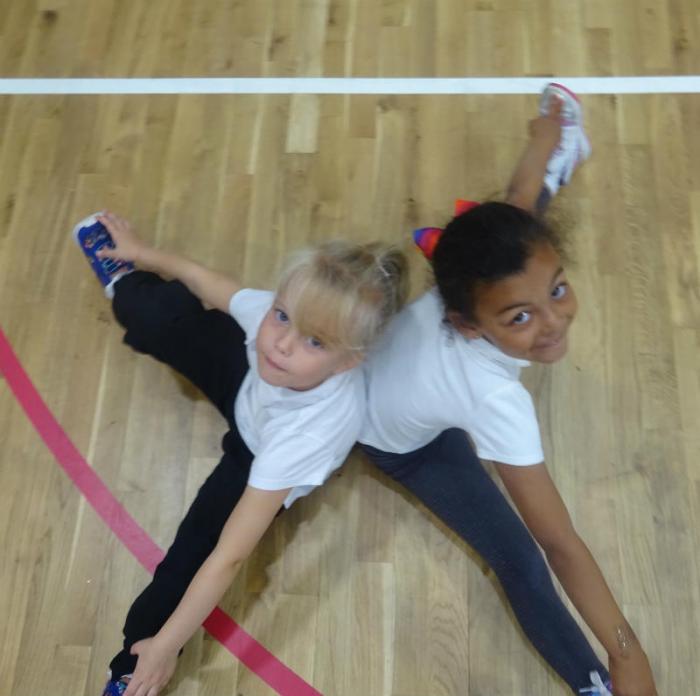
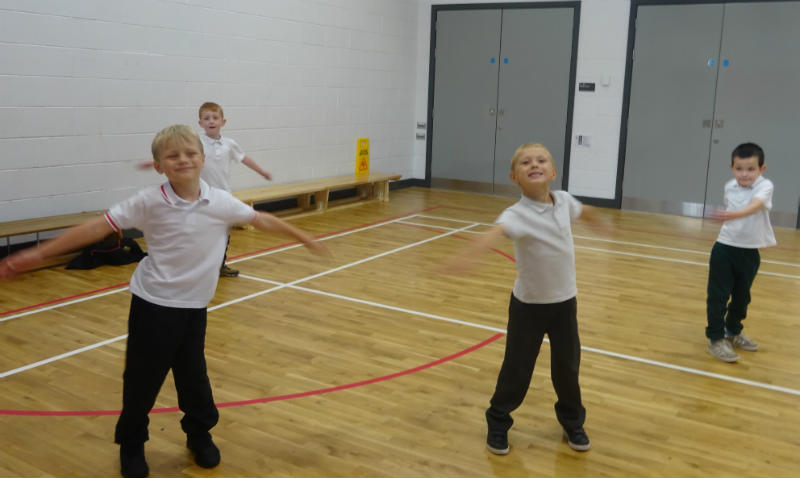
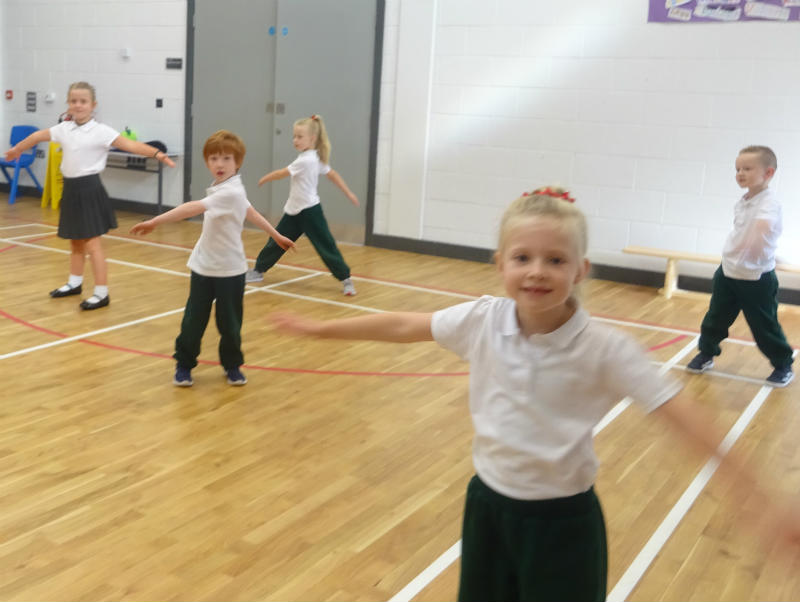
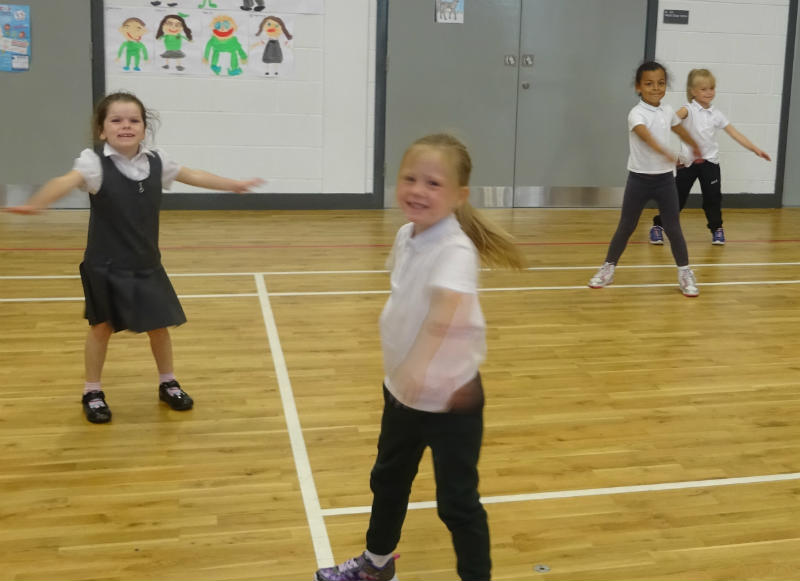

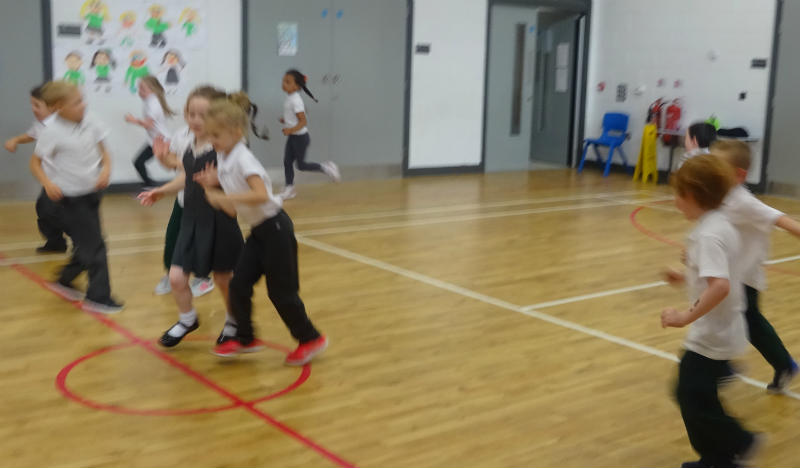
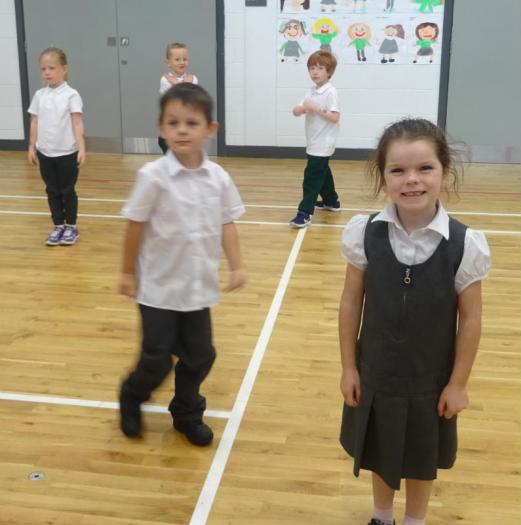

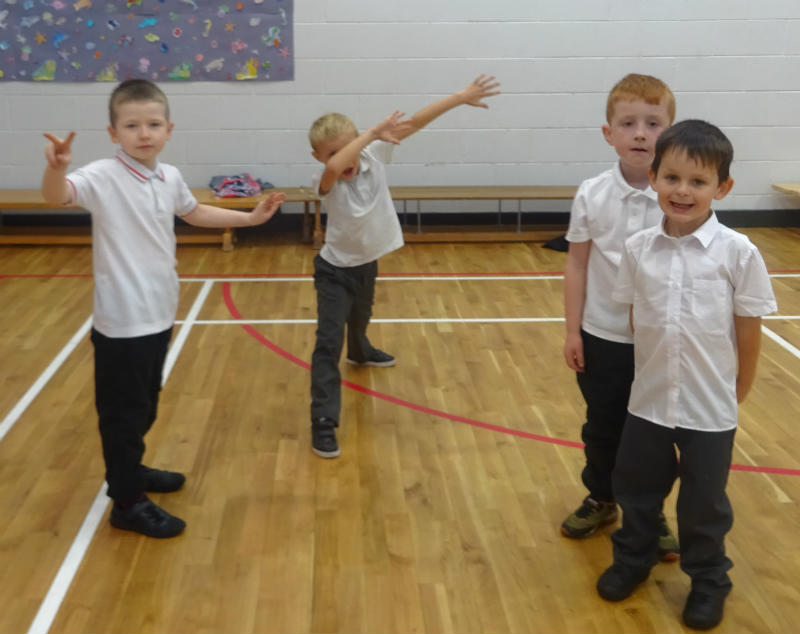
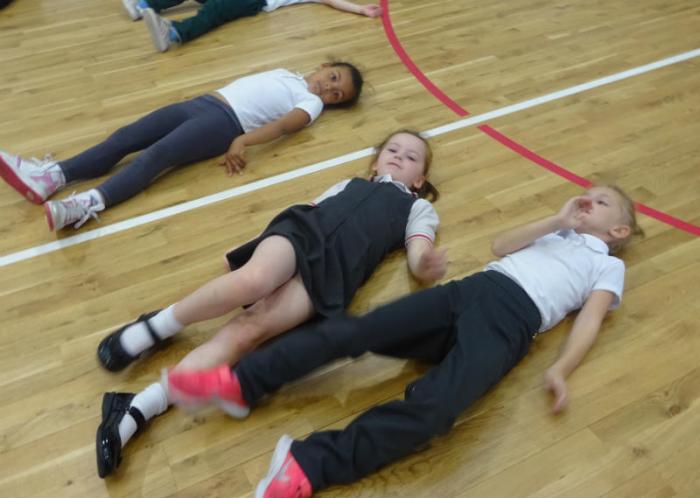

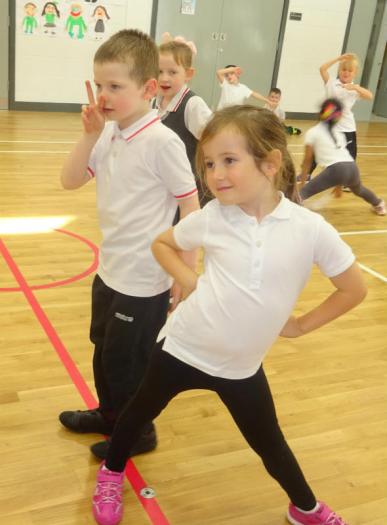
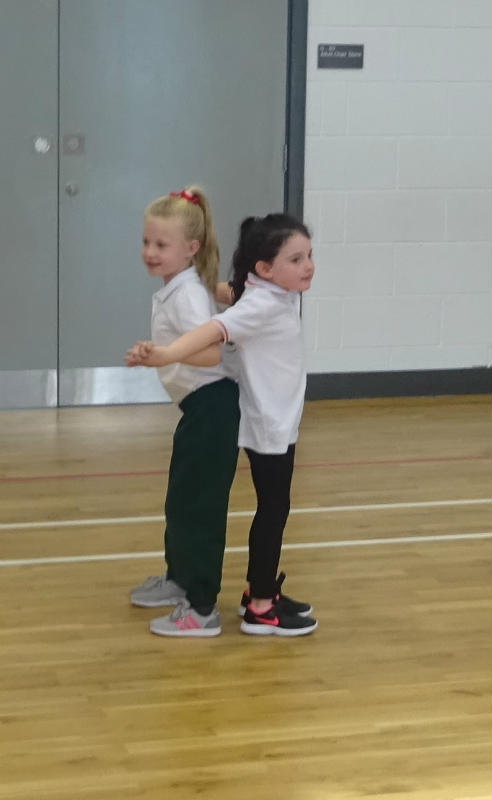
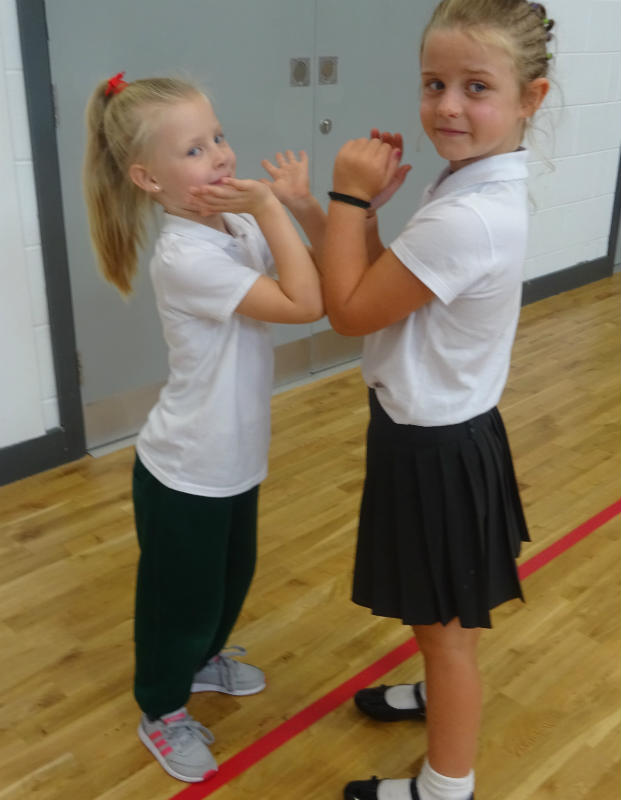
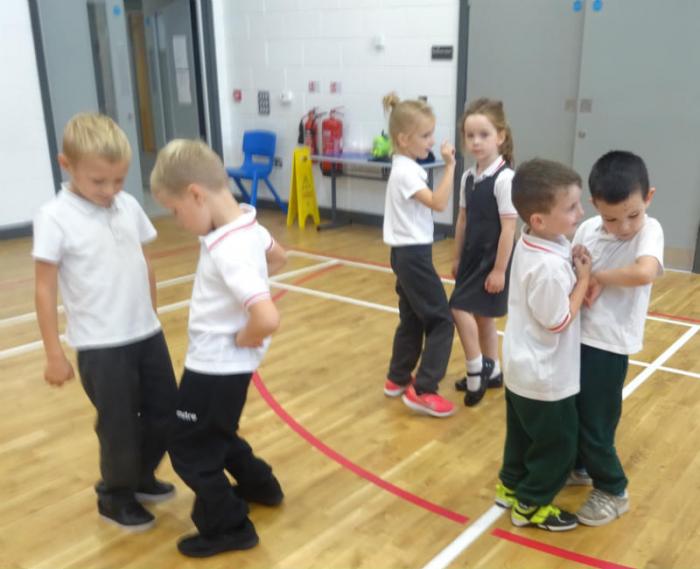
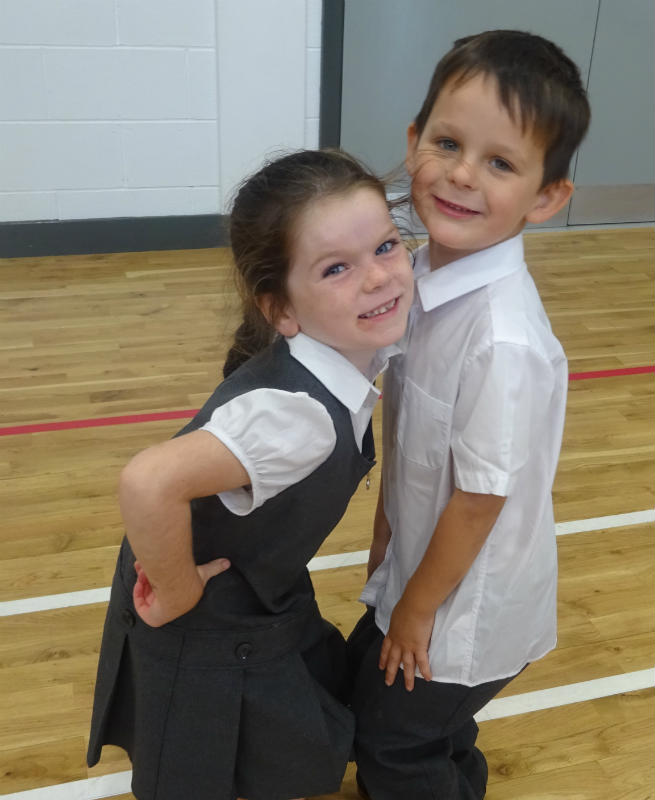
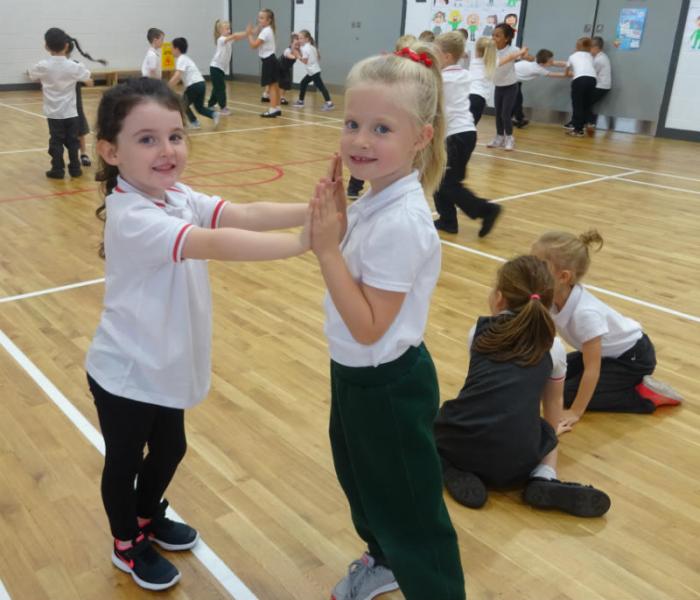
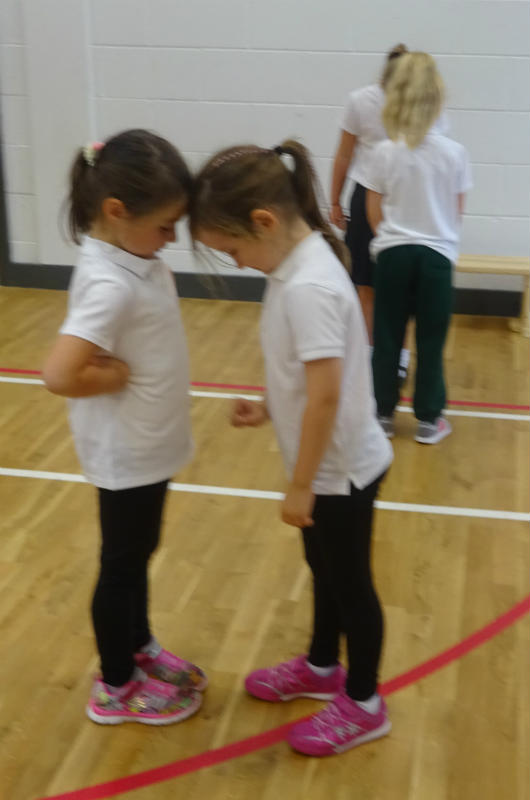
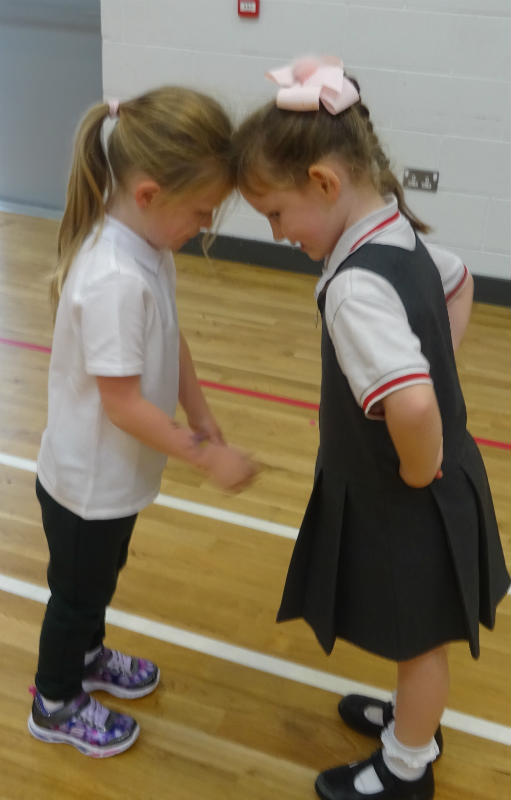
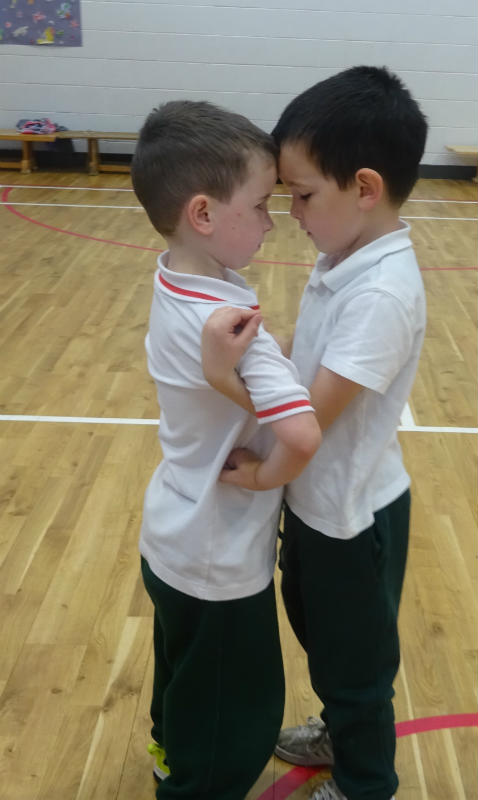
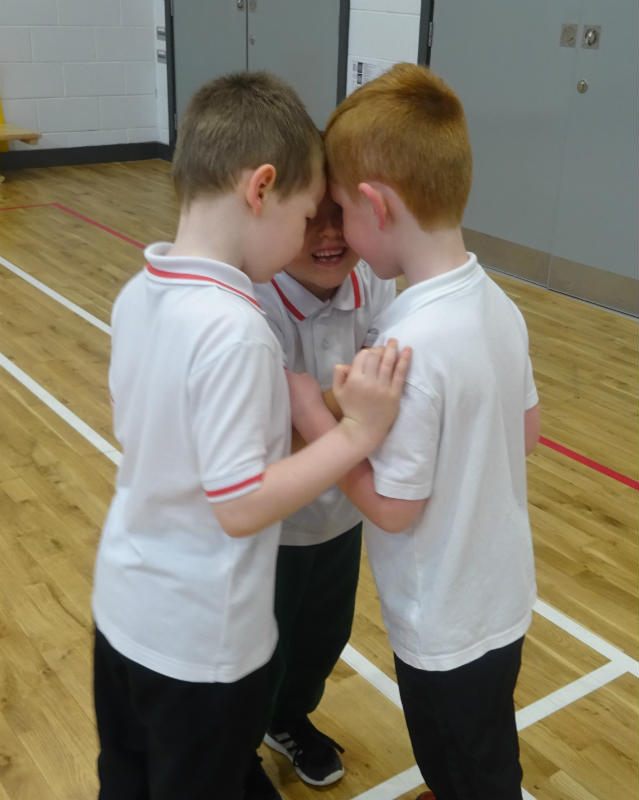
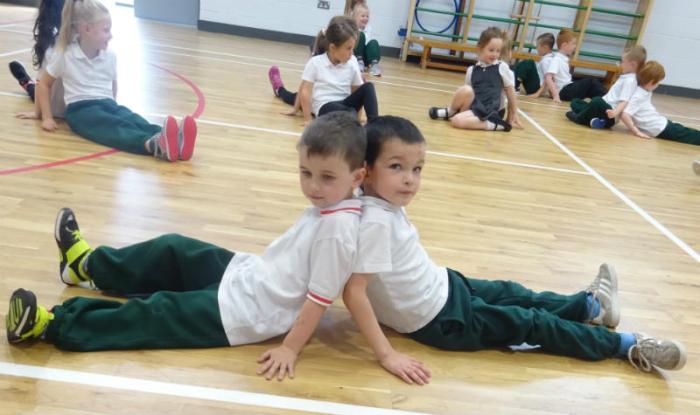
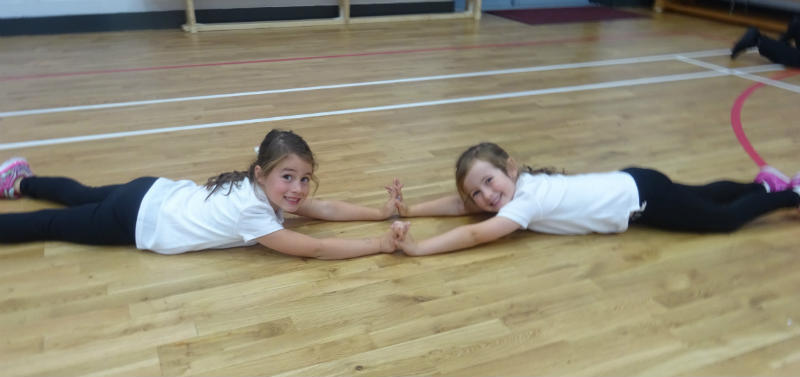
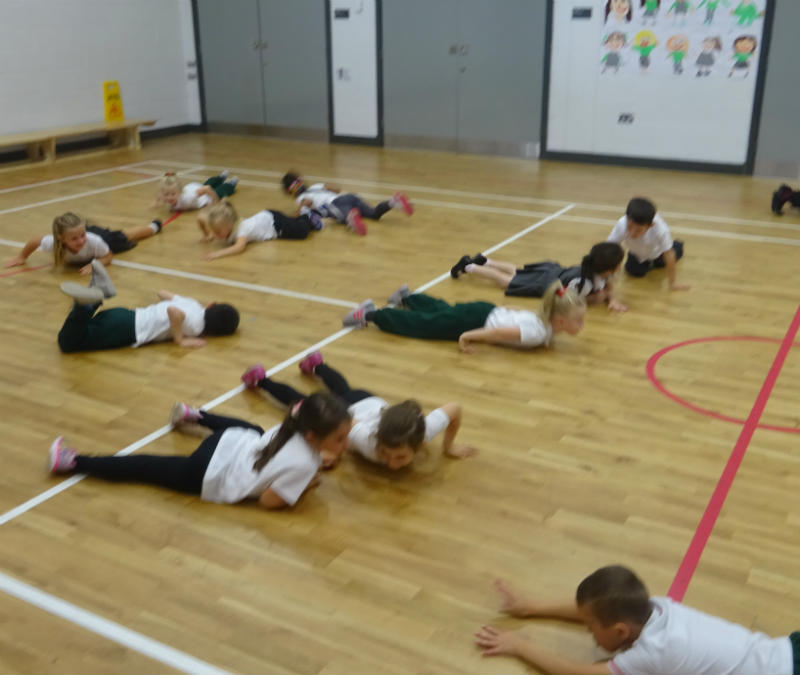
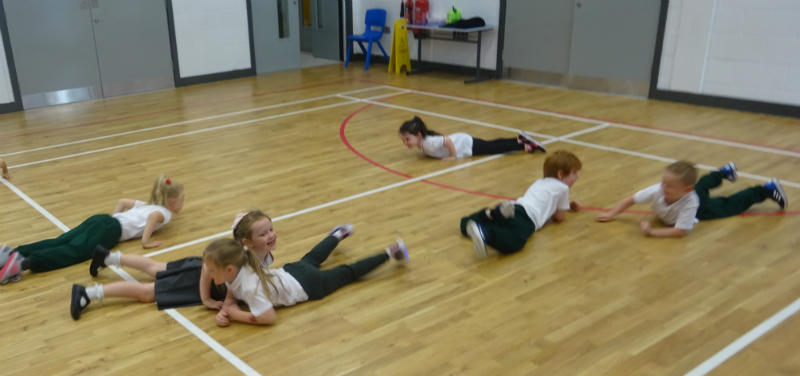
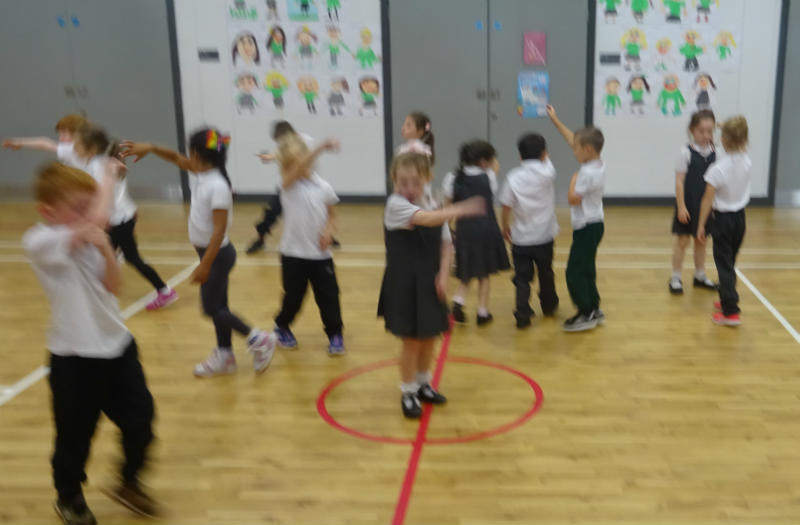
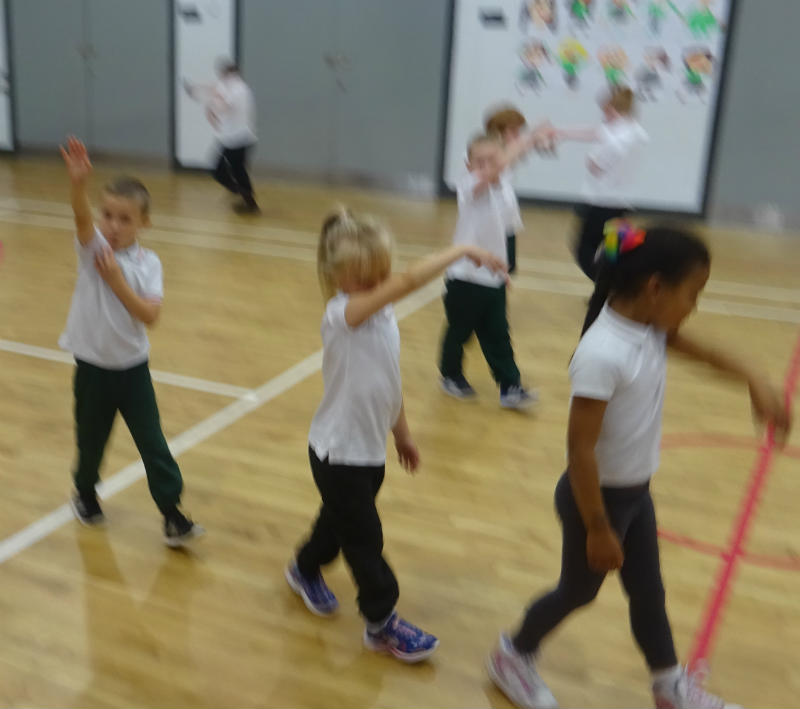
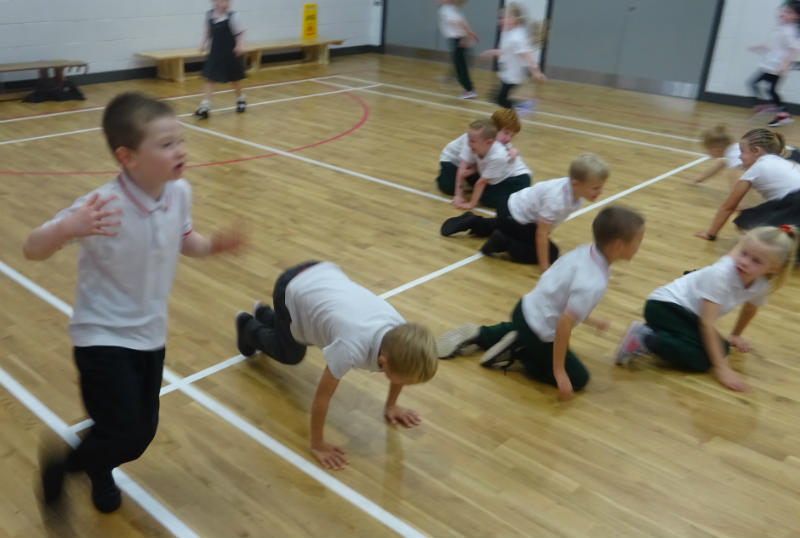

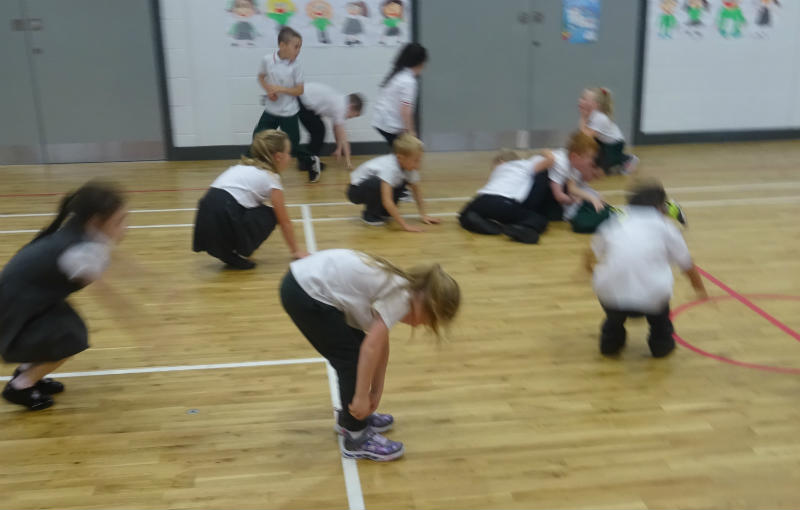
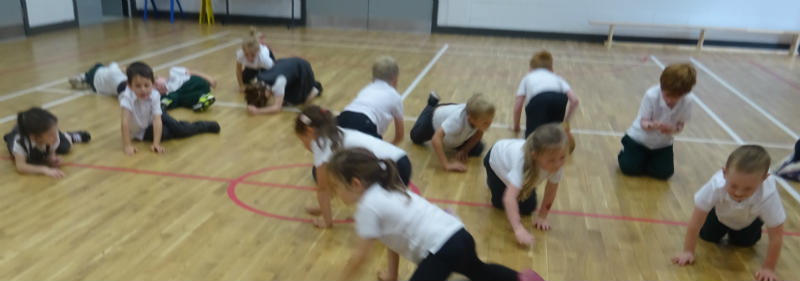
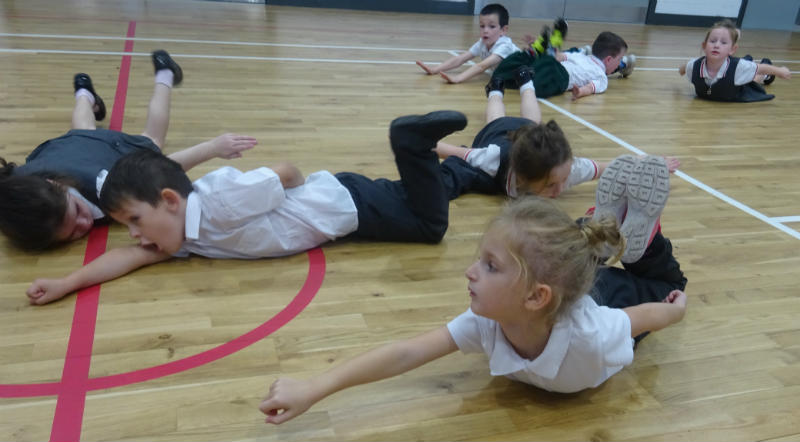
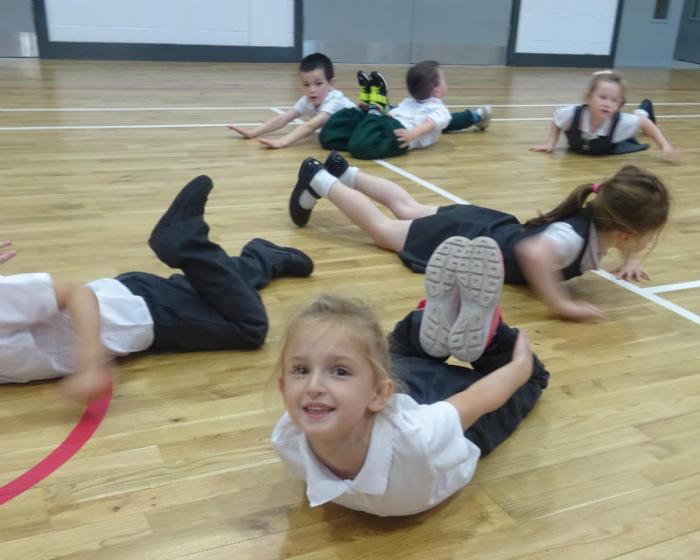
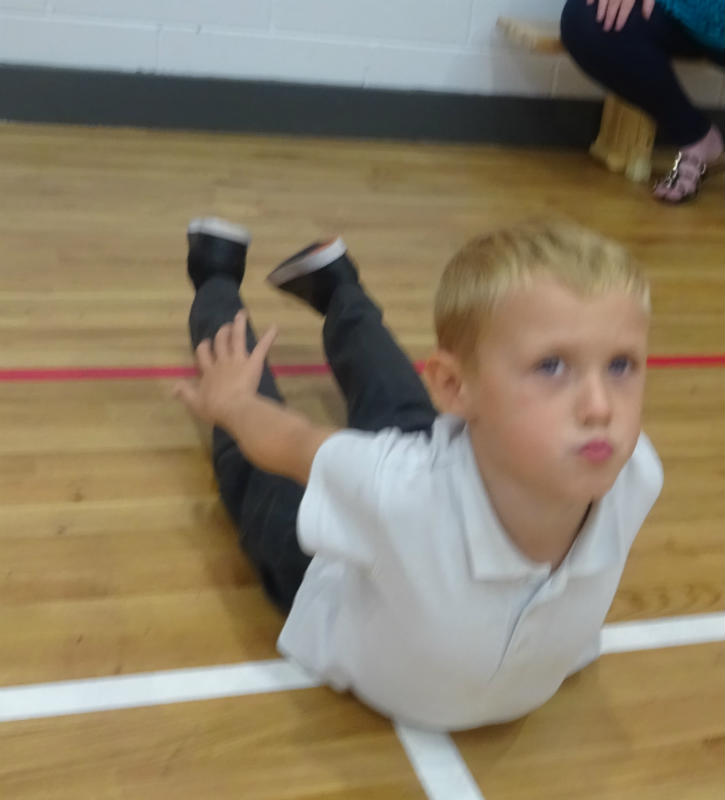
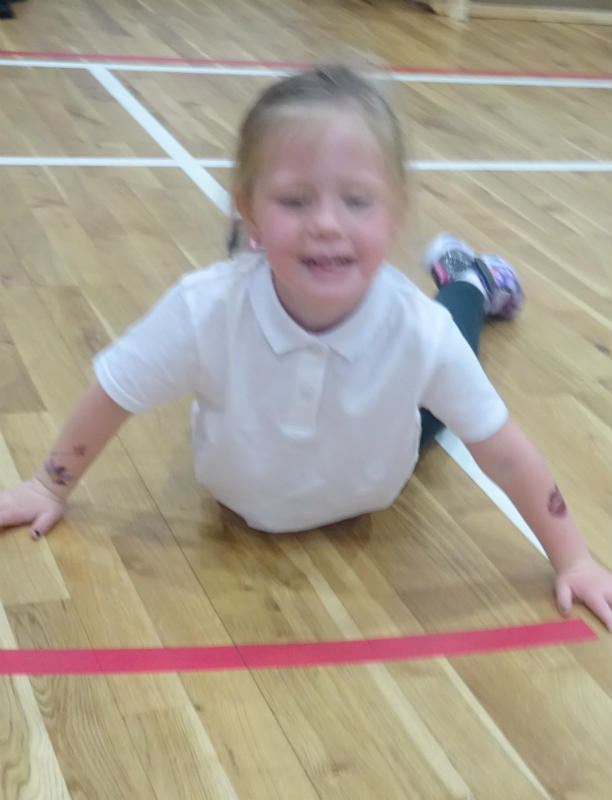
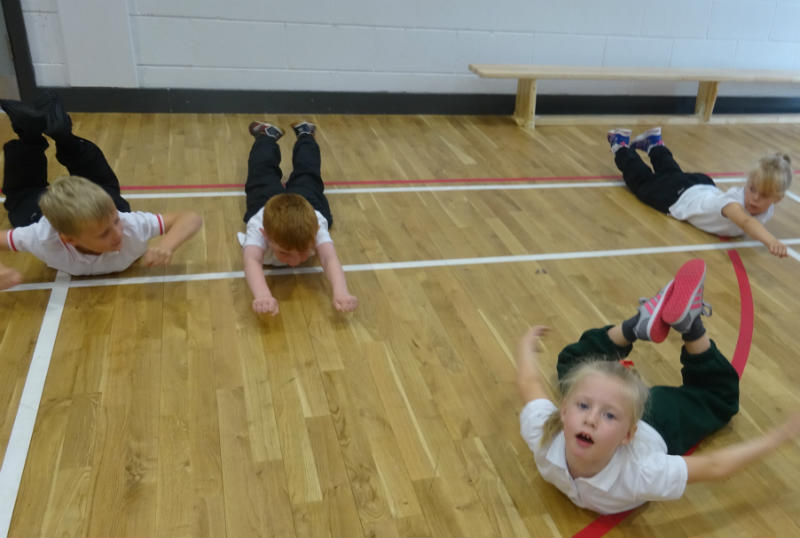
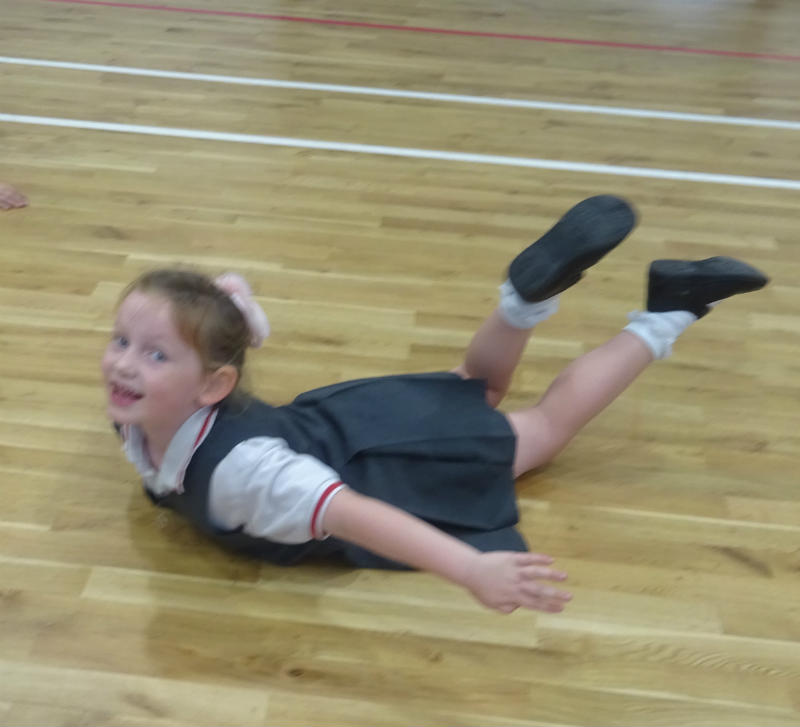
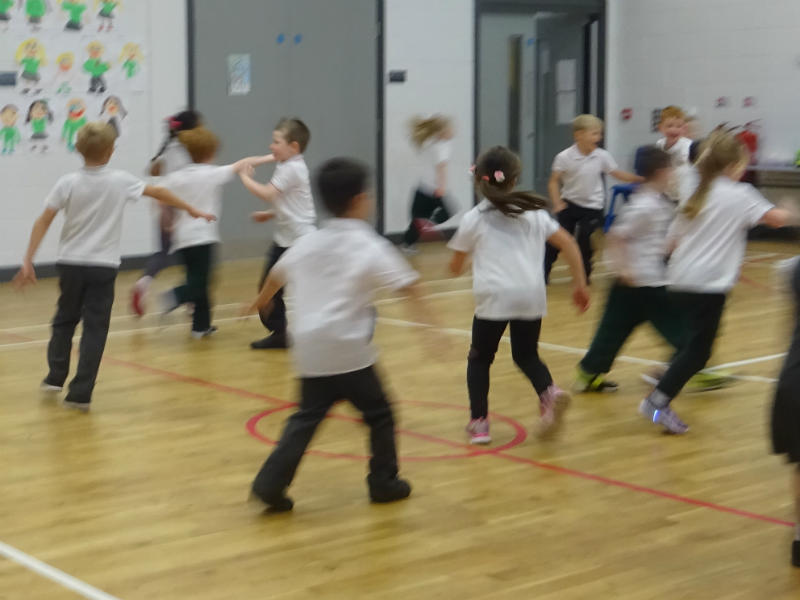
Archive
St Mary's Primary School, Reilly Street, Banbridge, Co Down BT32 3DJ | T: 028 4066 2572 | E: info@stmarys.banbridge.ni.sch.uk
 Menu
Menu
